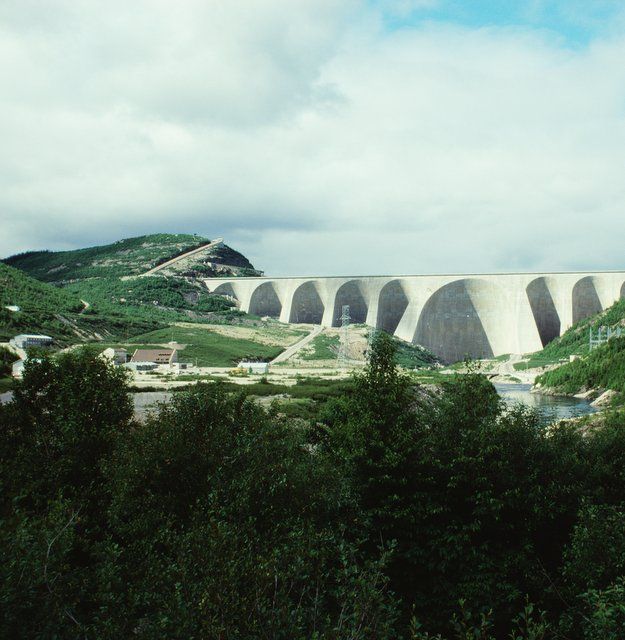The Cree just make it into the Arctic; they live on the border of the Arctic definition provided in the Arctic Human Development Report. They live in James Bay, which is a region of northern Quebec, in the northeastern part of Canada. The area is a vast wilderness and can only be reached by a single road. The remoteness is immense.
The James Bay Cree count around 12.000 people who live in nine communities from 550 in population to around 3300, the Chisasibi. The fewest live in Nemaska, 560 in total.
They speak their own dialect but have learned English in schools. Their dialect is only one of few indigenous people's languages in Canada which is not in endangerment due to few speakers. The majority of the Cree are today Christian and they emphasize egalitarianism.
The Cree have lived off their land for 9000 years for food and resources. Among other, they hunt geese, ducks, moose's, beavers, otters, lynxes, fish, muskrats and waterfowls. They respect the competence and needs of the individuals and in their world humans and their societies are an inseparable part of the universe. It is made up of social beings, animals being willful beings, phenomena and objects all at the same time.
Much like in the Arctic region as a whole, the population has been growing. This has resulted in a change for the Cree, especially regarding food. They have adjusted to this scarcity by importing more food so they would not harm the environment and endanger stocks of species they hunt.
For the Cree the main problems are forestry clear-cutting, pollution of the land, the movement to declare the province of Canada a country separate to Canada and the issue that made the Cree famous amongst indigenous peoples around the world, and a true example for them, the large scale hydro projects.
The prospect of an enormous hydropower project in their backyard must have come as a shock to the Cree people, learning from it in newspapers in 1971. "I feel like I have been punched," one of them said about the decision.
They started a campaign against the project but it was too little and too late. A court case in the years 1972-1973 stopped work on the hydro project for a short time but in the end the project started again and was completed.
In 1975 the Cree signed a treaty and settled, signing the James Bay and Northern Quebec Agreement, giving the Cree ownership rights to areas around their communities, exclusive hunting and fishing rights over a large territory, regional self-government powers, cash compensation and other privileges, in exchange for allowing Hydro-Quebec, the power company, to proceed with development. In addition, the Cree benefitted from the project also in other ways Hydro-Quebec investing heavily in infrastructure in the area.
The Cree were pioneers in seeking their rights for the land they have lived on for thousands of year as indigenous people. They became leaders in the struggle to gain international rights and an example for other indigenous groups. As well as gaining sympathy from the rest of the Canada and people all over the world, the Cree raised awareness of environmental protection and the roles of humans in the environment.
The Cree managed to raise discussions among the public on large development projects and gained much attention worldwide.









